James English has $74,000 to figure out how to distribute the world’s first ultra-cold storage drug to a staff of skeptical and worn-out healthcare workers, as the major sources of supports to contain Covid-19 so far come to an end.
English is the regional operations chief and health branch director for Covid-19 in Washoe county, Nevada, and is one of the hundreds of local public health directors across the US who will eventually help distribute Covid-19 vaccines. English faces difficulties likely to be encountered nationally, as the nation undertakes the most logistically challenging vaccination campaign in its history.
“The largest hurdle – we have as a small health department – is we do multiple roles,” said English. “Our funding is very minimal.”
Reno is the seat of Washoe county. It is sometimes called the “biggest little city” in America. It is large enough to be a metropolitan area and serve surrounding rural communities, but small enough to have extremely stretched resources.
“Vaccine planning,” said English, “is a huge list for us.”
A recent announcement that a Covid-19 vaccine candidate developed by Pfizer and BioNTech is 95% effective buoyed the hopes of the world. Similar good news has followed for vaccines developed by Moderna Inc and Astra-Zeneca.
But as America – and the world – celebrates the longed-for good news, there are imminent challenges of distribution.
Among the hurdles: millions of Americans are hesitant to take the vaccine, Pfizer’s drug needs to be stored at -94F (-70C), and public health resources are stretched thin after nearly a year of pandemic response.
“A vaccine is just a vaccine – a vaccination is everything,” said Dr Michael Osterholm, an epidemiologist at the University of Minnesota who has been tapped to be part of the Biden-Harris administration’s 13-member coronavirus advisory board.
No Covid-19 vaccine has been approved for either emergency use or use in the general population, and Pfizer only recently submitted data to the US Food and Drug Administration for emergency approval. Further, Pfizer has not yet released the data from its phase III trial to scientific journals or for independent review, and the efficacy rate could change as more data is analyzed.
But scientists are optimistic in the event one receives emergency approval, and planning to distribute a vaccine has been going on for months. Much of that planning has taken place through Operation Warp Speed, which gave companies money to develop a vaccine, manufacture doses and buy syringes and vials.
“My understanding is we could have a vaccine on site within a month or less,” said English. “It may not be approved, but that is what I’m hearing and preparing for.”
Here are the details English is wrestling with: if the Pfizer vaccine it approved, it is a novel vaccine which requires ultra-cold storage. Each suitcase-sized shipping container will have 975 doses in five-dose vials.
The vaccines are viable for 10 days from the moment the case is sealed, and packed with dry ice to keep them cold. The cases can only be opened a maximum of twice a day, for one minute at a time, according to Soumi Saha, an attorney, pharmacist and vice-president of advocacy at the healthcare logistics company Premier Inc.
“The clock starts well before you actually receive the product,” she told the Guardian in an earlier interview.
Luckily, English was able to purchase an ultra-cold freezer from a local university. But the vaccine still must be transported on dry ice from any location away from his deep freezer, and properly diluted before people receive a shot in the arm. Vials last for five days after they are thawed, and for only six hours after they are diluted.
The Pfizer candidate also requires a second shot called a booster 28 days later. State health authorities advised English to give out all the doses he receives, and not keep any for the booster. His department expects to then receive a new tray one day before boosters are due, and go through the entire process of coordinating shots and schedules again.
English has $74,000 for vaccine distribution planning, a job that is increasingly taking up huge chunks of his day. He needs a logistics manager to answer all the questions coming his way, but faces competition in hiring, because the private sector pays more. English is directly competing with companies like Amazon, which has massive warehouses in the area, and is staffing up for a boom in online Christmas shopping.
In addition, English’s department is running out of federal funding for contact tracing. The health department hired one epidemiologist, sometimes called a “disease detective”, with federal money from the Coronavirus Aid, Relief and Economic Security (Cares) Act. That funding ends on 31 December, just as vaccines may become available, the virus will probably surge and the Nevada national guard demobilizes.
“As this response continues to move forward, we are doing both the Covid-19 response and contact tracing and disease investigation, and now we’re being asked to plan for distribution of a vaccine,” said English. “We’re using the same planners to do both, we’re using the same nurses,” he said.
English is now wondering, who will make the schedules for the nurses who must test patients for Covid-19 in the morning, and give vaccines in the afternoon? If a healthcare worker refuses a vaccine, do they go to the end of the line, or can they then get a shot anytime?
If side-effects mimic the flu as expected, how can he ensure only a portion of the healthcare workforce is vaccinated on any one day, so staffing remains constant? And, importantly, who will do all the paperwork? Entering information about who received the vaccine takes between five and 15 minutes per patient.
“It will take longer to do the paperwork on the back end than to have someone drive throughout, verify their paperwork and give the vaccination,” said English.
Osterholm said he has heard from local health departments who have struggled to deal with the “top-down” approach from Operation Warp Speed, the vaccination development initiative led by the military and the National Institute of Allergy and Infectious Diseases.
“I have heard over and over real frustrations with a top-down approach that, unfortunately, doesn’t account for the expertise and the situational awareness of the on-ground groups,” said Osterholm.
This is to say nothing of the challenges that will be faced by rural communities, who will lose days of vaccine viability as doses are shipped overland; of the existing dry ice shortage; of vaccine hesitancy; and of how the government will work with private enterprises such as commercial pharmacies.
“We’ve got a lot of road ahead in the next two months,” said Dr Umair Shah, the executive director of the Harris county health department in Texas, where Houston is the biggest city.
“You’ve got to be very, very methodical and thoughtful how public health departments are pulled into the spectrum, because our teams are stretched and have been stretched for months,” said Shah. In October, he took his first day off since the pandemic began. “Now, we’re adding the vaccine on top of it.”
Experts at the highest level also said it will ultimately be health workers on the ground, like English, who may help realize the goal of vaccinating millions of people.
“There is a huge logistics barrier to overcome, that we cannot minimize,” said Dr Leana Wen, an emergency room doctor and the former health commissioner for Baltimore, Maryland. “It is a daunting challenge.”
English tackles these questions with optimism. Prior pandemic planning, existing vaccination infrastructure, a mission-driven workforce and the potential for the federal government to send significant resources once the Biden-Harris administration takes office could all help the effort.
“The Washoe county health district has been very active in vaccine planning,” said English. “I think we will be able to pull this off.”


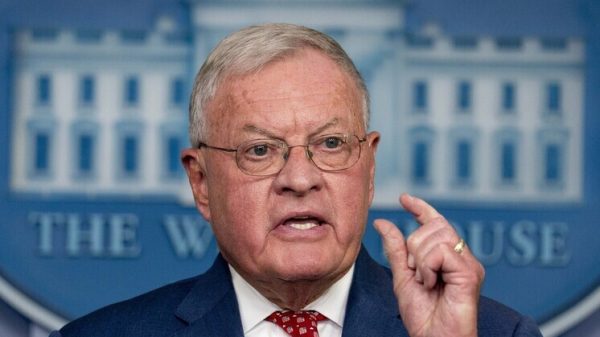

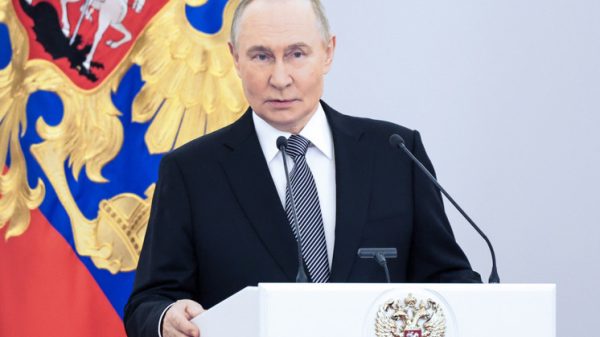



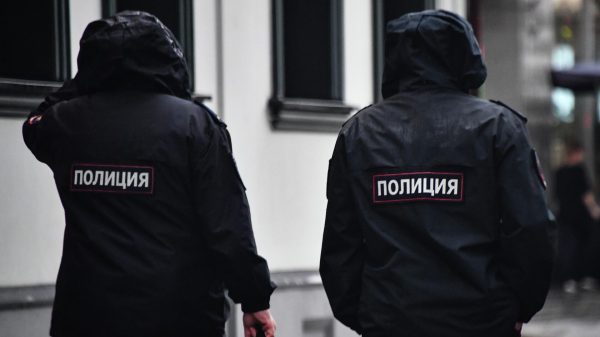
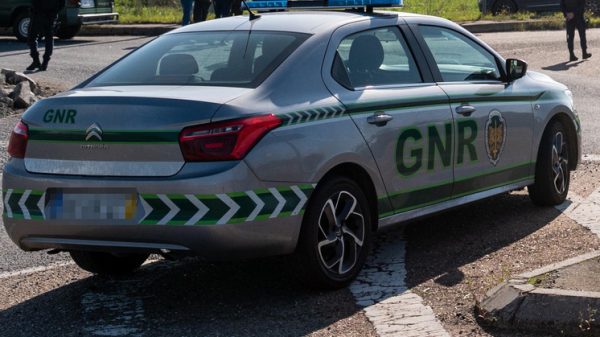
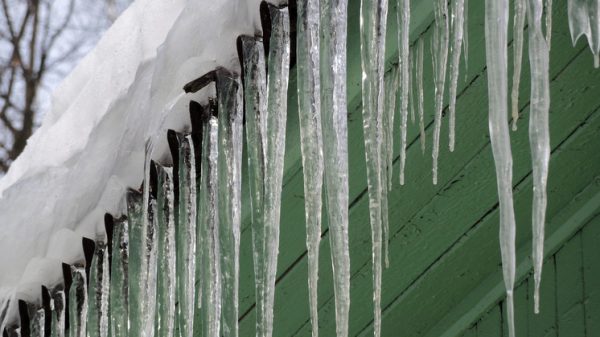
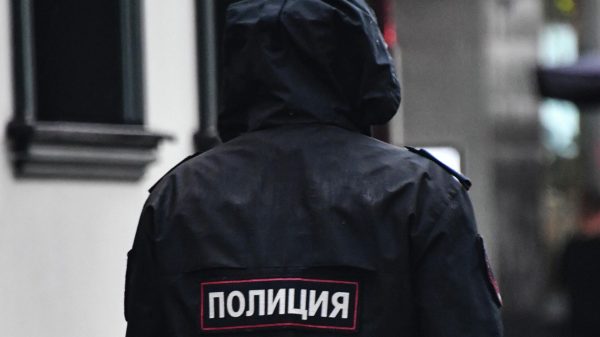

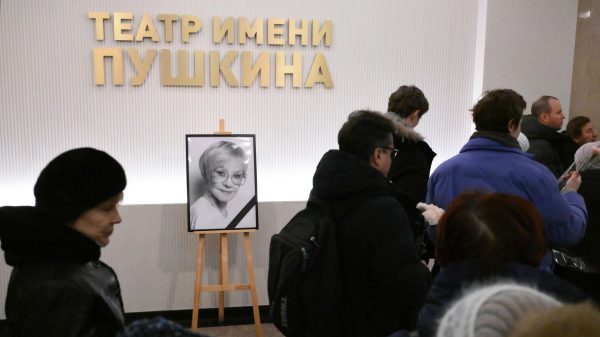
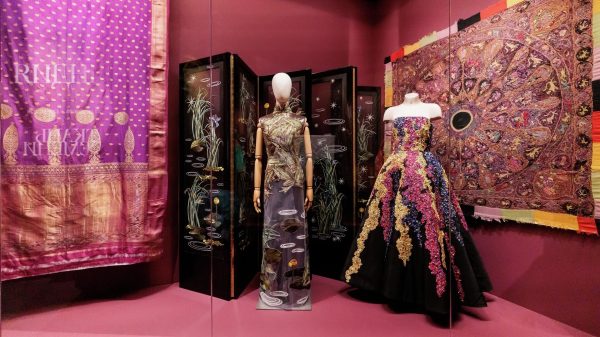



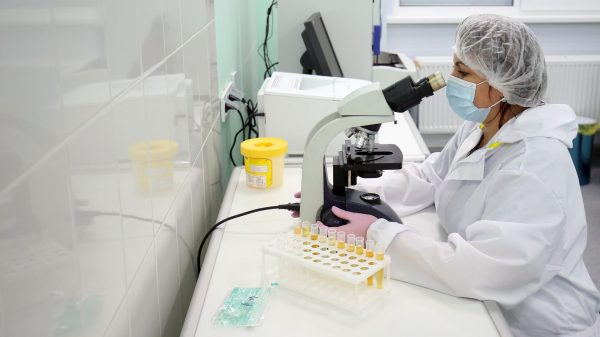
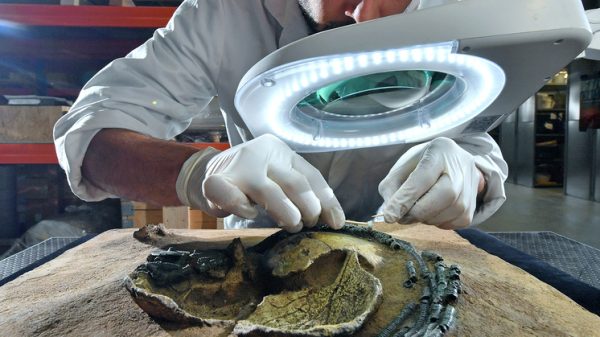

















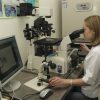














Свежие комментарии